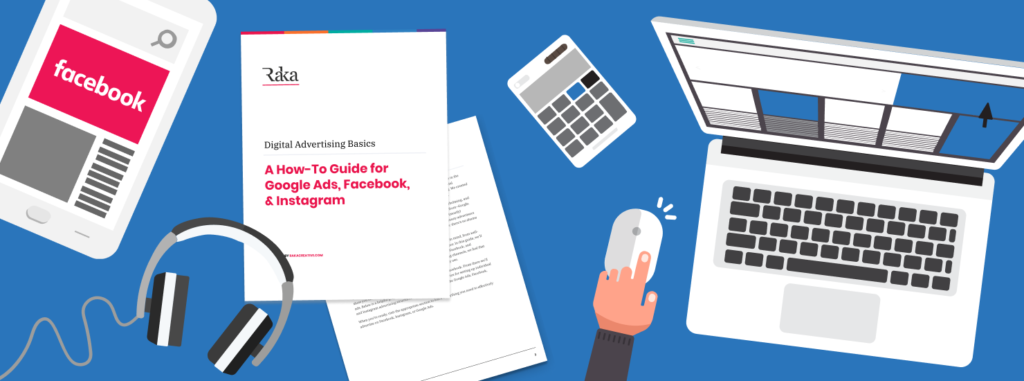
Introduction:
Mastering Performance Marketing In today’s digital age, marketing has evolved into a dynamic and data-driven discipline, and one of the key players in this revolution is performance marketing. “For students aspiring to enter the world of marketing, understanding the intricacies of platforms like Facebook, Instagram, and Google Ads is not just an advantage but, more importantly, a necessity. In this blog, we will not only delve into the world of performance marketing but also explore the unique opportunities these platforms present. Moreover, we will discuss how students can effectively leverage them to build a thriving and successful career.”

Understanding Performance Marketing:
Performance marketing is a results-driven approach that focuses on measurable and trackable marketing activities. “Unlike traditional advertising methods, performance marketing, on the other hand, allows marketers to precisely measure the return on investment (ROI) for each campaign. Furthermore, this data-driven approach enables marketers to seamlessly optimize their strategies in real-time, thereby ensuring that every marketing dollar spent consistently generates tangible results.”

Facebook and Instagram Ads:
- Audience Targeting:
- One of the standout features of Facebook and Instagram ads is the ability to target specific demographics, interests, and behaviors. Students can learn to create highly targeted campaigns, reaching the right audience for their product or service.
- Engaging Ad Formats:
- Facebook and Instagram offer a variety of ad formats, including image ads, video ads, carousel ads, and more. Learning to choose the right format for the message can significantly impact engagement and conversion rates.
- Pixel Tracking:
- Understanding the Facebook Pixel is crucial for tracking user interactions on your website. This tool provides valuable data on user behavior, enabling marketers to optimize their campaigns for better performance.
Google Ads:
- Keyword Research:
- Google Ads relies heavily on keyword targeting. Students can learn the art of keyword research to identify the terms potential customers are using when searching for products or services, ensuring their ads appear in relevant search results.
- Ad Copywriting:
- Crafting compelling ad copy is essential in Google Ads. Students can develop their copywriting skills to create concise and persuasive messages that encourage users to click on their ads.
- Quality Score Optimization:
- Google assigns a Quality Score to each ad, based on factors like ad relevance, landing page experience, and click-through rate. Students can learn to optimize these elements to improve their ad’s visibility and reduce costs.
Mastering Performance Marketing Tips for Success:

- Continuous Learning:
- “The digital marketing landscape is constantly evolving, which means students need to stay updated on industry trends, algorithm changes, and new features on platforms like Facebook and Instagram. By doing so, they can remain informed and adapt to the ever-changing demands of the field.
- Moreover, staying ahead of the curve allows students to develop effective strategies and gain a competitive edge. In addition, keeping up with these updates ensures they are well-prepared to tackle challenges and seize new opportunities in their marketing careers.”
- Analytics Mastery:
- Proficiency in analytics tools is non-negotiable. Students should familiarize themselves with platforms like Google Analytics to track and analyze the performance of their campaigns.
- Creativity and Adaptability:
- Successful performance marketing requires a blend of creativity and adaptability. Experiment with different ad creatives, headlines, and strategies, and be willing to adapt based on performance data.
Mastering Performance Marketing Conclusion:
“In conclusion, mastering performance marketing on platforms like Facebook, Instagram, and Google Ads undoubtedly opens a world of opportunities for students entering the marketing field. Moreover, by developing a strong foundation in audience targeting, ad creation, and analytics, students can not only excel in their academic pursuits but also position themselves as valuable assets in the highly competitive world of digital marketing. Therefore, it is essential to embrace the dynamic nature of the industry, consistently stay curious, and ultimately watch your skills translate into real-world success.”
